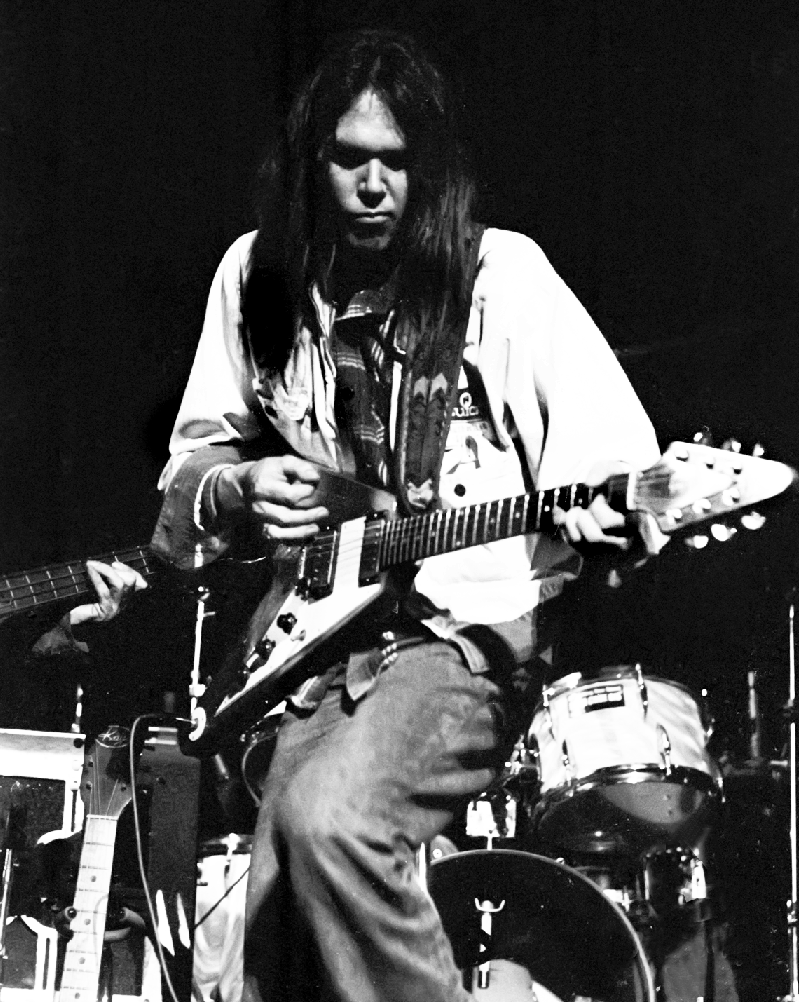
The first new Neil Young album I purchased was Rust Never Sleeps, acoustic on side one and electric on side two. It was love at first spin. That summer he immediately became one of my favorite musicians, and I began buying his previous albums. The way he could alternate between a tender acoustic ballad and a scorching electric rocker was amazing to my teenage ears. Soon I was spending hours listening to After The Gold Rush, Harvest, On The Beach, the harrowing, dark Tonight’s The Night, and Zuma, to name my favorites. I bought all of the other earlier albums, too, sometimes two or three at a time. I felt like I had discovered a gold mine of great music that wouldn’t end. And then came Re-ac-tor, his 1981 release. A Synclavier? Jokey choruses, stammering singing and silly lyrics? What was going on here? Maybe this was just something he had to get out of his system. The next one will find him back in fine form, I thought, until Trans came out in 1982. Again, some of it was okay, but he went crazy with a vocoder, like a kid with a new toy. One album review I remember from the time likened his vocals to a singing microwave. When you have Crazy Horse as a backing band and put out something like this, well, what is there to say? Next up was Everybody’s Rockin’, a rockabilly album, and that was followed by a country album. None of them to me were bad, just not what I was expecting after the joy of listening to his backlog. I can’t help but applaud when an artist trys a new direction, but that doesn’t mean fans will follow. As the years went by I kept my eye on what he was up to, and I still buy the occasional album. I consider myself a fan, but not like that teenager who first discovered him years ago.
